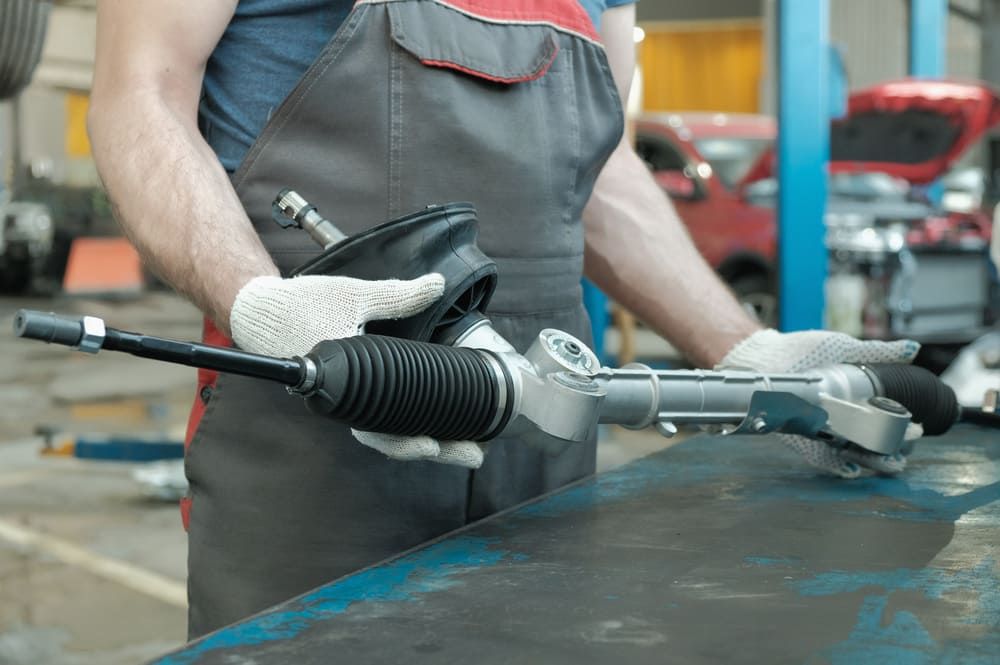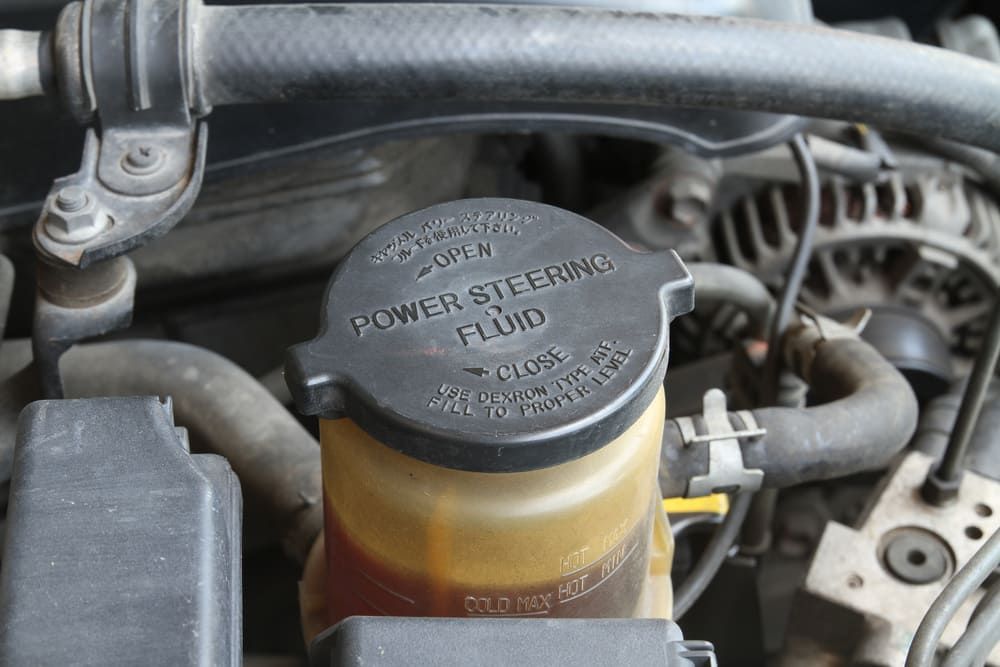>
Blog>
Power Steering Repair Costs (UK Prices)Power Steering Repair Costs (UK Prices)
Power steering is a feature that is easy to take for granted, particularly if you’ve never driven a car without it. It makes driving, especially parking, much less of a chore.
In this article, we’ll have a look at some common power steering faults and how much they are likely to cost.
- How much does it cost to repair power steering?
- What is power steering?
- How does power steering work?
- Symptoms of failing power steering
- Can you drive without power steering?
How much does it cost to repair power steering?
Power steering repairs can cost anything from £60 to £1,500+ depending on what needs to be repaired or replaced.
For instance, replacing a sensor or fuse could be relatively cheap, certain sensors typically only cost £20-30 and don’t take long to fit.
However, if significant parts are required, such as a new power steering pump or rack, it wouldn't be out of the ordinary for the bill to surpass £1,000.

A hydraulic fault, such as a split or leaking hose, could cause the system to leak fluid and stop working. These sorts of faults would likely cost between £200 and £600 to sort.
If your car needs work, consider Bumper's car repair finance to spread out the cost into monthly payments, all with zero-percent interest.
What is power steering?
Those who started driving within the last 20-30 years may not have experienced driving cars without power steering. In a nutshell, power steering drastically reduces the amount of force needed to turn the steering wheel.
In cars of old, carrying out a manoeuvre such as parking in a tight spot, or doing a three-point-turn, could result in a moderate arm workout!
Fun fact: the advent of power steering allowed car designers to fit modern-looking, small steering wheels. Take a look inside a car from the 70s or 80s and you’ll notice just how massive the steering wheel is. These were used to give the driver more leverage and make turning the wheel less difficult.
How does power steering work?
There are two types of power steering, hydraulic and electric; both work to make turning the wheels less strenuous, but do so in slightly different ways.
Electric power steering uses an electric motor attached to the steering rack. When a sensor detects the driver trying to turn, the motor is powered in the appropriate direction, assisting the driver.
Common faults with electric power steering systems include failing angle sensors - the part that detects when the driver is turning, and faulty motors.
Hydraulic power steering uses a mechanically powered hydraulic pump to similarly assist the driver's steering input. The first thing to check when a hydraulic system is playing up, is the fluid level in the reservoir.
Common faults with hydraulic power steering systems can relate to an issue inside the rack itself or a fault with the power steering pump. The latter is often accompanied by a whining noise when trying to turn.
Symptoms of failing power steering
There are some telltale signs of certain power steering faults:
- Very heavy steering
- A whining noise when trying to turn
- Steering that doesn’t self-centre quickly (this could also be tracking)
- Leaking fluid and low power steering fluid level
Can you drive without power steering?
No, you should not try to drive a car with a broken power steering system.
Whilst it’s true that cars haven’t always had power steering, the steering system is designed to be assisted by it, making turning the wheel incredibly difficult in the event of a power steering fault.

Have your power steering fixed with Bumper
Car problems almost always crop up at the worst time. If your car has developed a fault, Bumper could help spread the cost of paying those expensive repair bills with interest-free car repair finance.
Author - Joseph Law
Joseph has been writing about cars for over eight years and writing for Bumper for over three, blending his passion for automobiles with a talent for storytelling.
Joseph has written about engineering and cars for Autozilla, Komaspec, and several engineering manufacturers. When he's not writing or tinkering with one of his cars, Joseph dreams of owning an Alfa Romeo 33 Stradale.
Related Posts